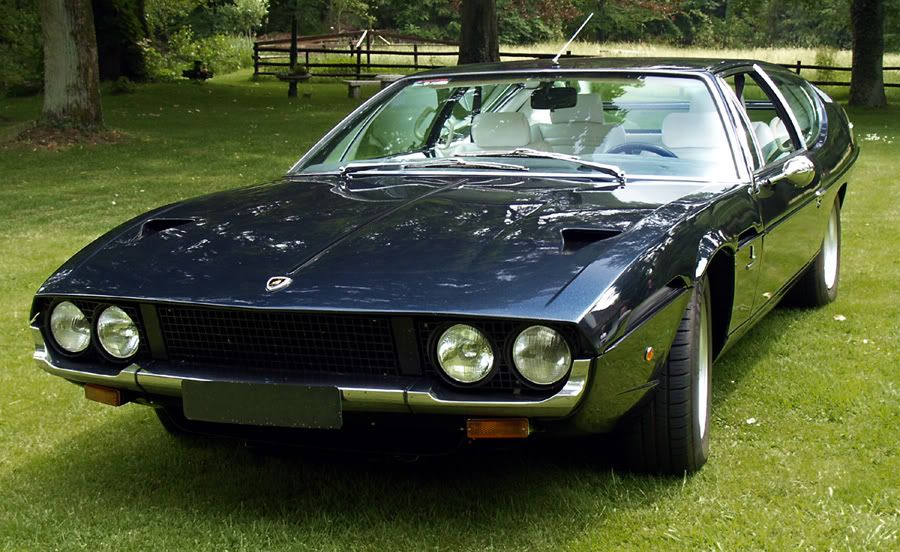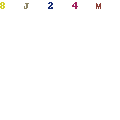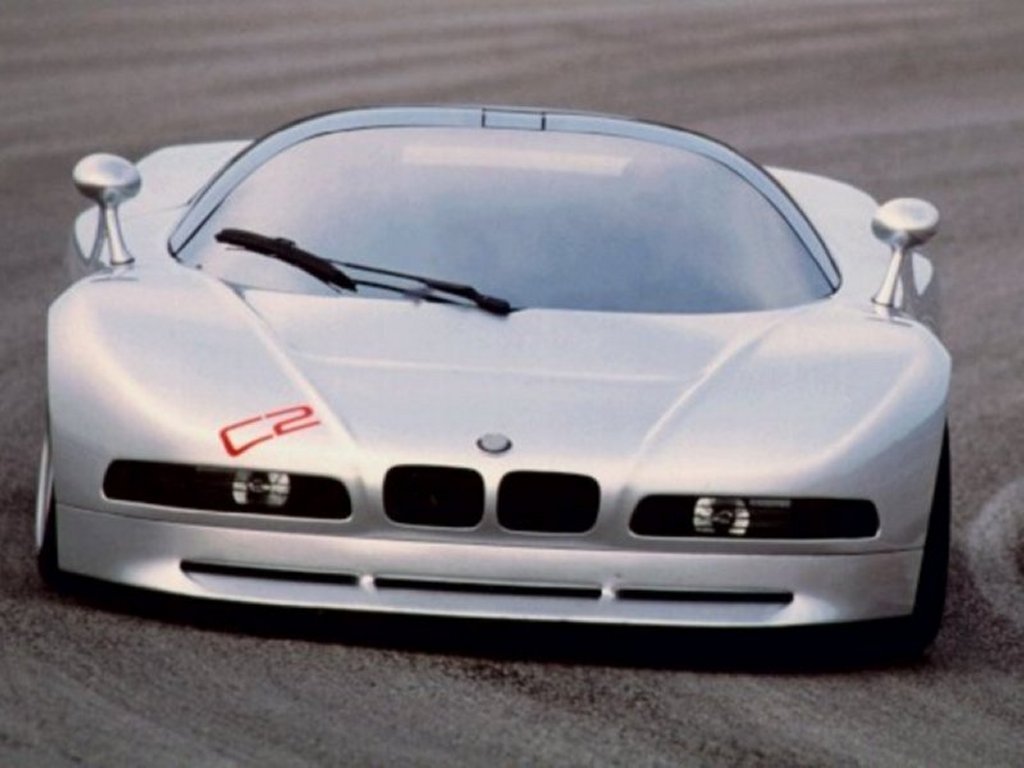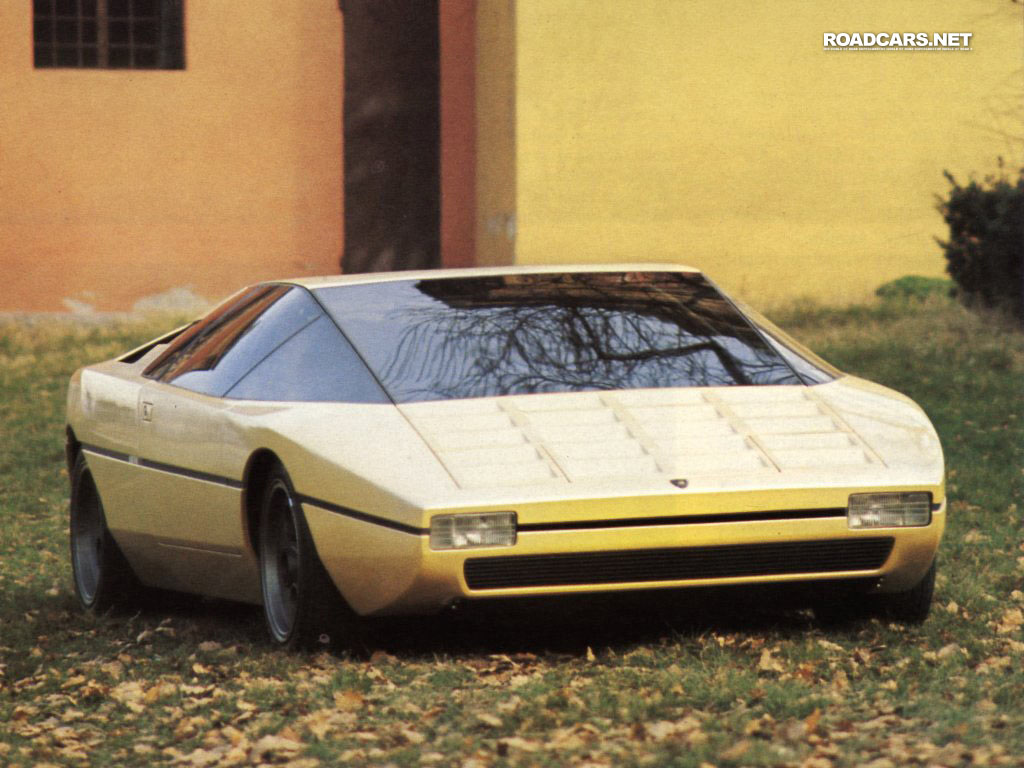









 Maserati Khamsin
Maserati KhamsinThe Maserati Khamsin (named after the Khamsin, a hot, violent wind in the Egyptian desert) was a sports car introduced as a Bertone prototype in 1972 at the Turin Auto Show. In 1973 it was put on display at the Paris Motor Show, where it was badged as a Maserati. Production of the vehicle started in 1974. The car had a front mounted 4.9 litre V-8 delivering 320 hp, housed in bodywork that resembled a lower, flatter Ghibli, designed by Bertone. Production of the Khamsin ended in 1982, with only 430 vehicles produced.
The Khamsin had several unusual features, such as DIRAVI power steering, with higher than usual assistance for parking, decreasing with speed, and a glass rear panel (between the taillights) below the rear window, giving reverse visibility surpassing most cars, especially similar sports cars.
 Maserati Khamsin
Maserati Khamsin Maserati Khamsin
Maserati Khamsin Maserati Khamsin Car
Maserati Khamsin Car Maserati Khamsin
Maserati Khamsin Maserati Khamsin
Maserati Khamsin Maserati Khamsin Car
Maserati Khamsin Car Maserati Khamsin Car pics
Maserati Khamsin Car pics
 BMW Nazca C2
BMW Nazca C2 BMW Nazca M12 Car photo
BMW Nazca M12 Car photo 1991 Italdesign Nazca
1991 Italdesign Nazca BMW Nazca Car
BMW Nazca Car 1991 BMW Nazca C2 Cars Pics
1991 BMW Nazca C2 Cars Pics Italdesign Nasca bmw car
Italdesign Nasca bmw car
 The Toyota GT-One (model code TS020) was a racing car initially developed as a for grand touring style rules, but later adapted into a Le Mans prototype. It raced in the 1998 and 1999 24 Hours of Le Mans.Toyota GT-One Road.
The Toyota GT-One (model code TS020) was a racing car initially developed as a for grand touring style rules, but later adapted into a Le Mans prototype. It raced in the 1998 and 1999 24 Hours of Le Mans.Toyota GT-One Road.Following the end of the Group C era around 1994, Toyota decided to alter its plans in sports car racing by moving to the production-based GT classes for 1995. Toyota decided to approach this in two ways by using two different styles of car for competition. The first was a heavily modified Toyota Supra, referred to as the Supra LM, which would use a turbocharged inline-4. The second entry was a custom built car designed specifically to be a racing car, yet required a small number of production cars for sale in order to meet homologation regulations. This car was modified heavily from the Toyota MR2, and became known as the SARD MC8-R. The MC8-R would use a custom built Toyota turbocharged V8. While the Supra performed admirably in 1995, the MC8-R would appear superior for 1996. With development of high powered supercars for the GT classes at the time, Toyota decided that a car similar to the MC8-R, which was intended as a race car first, would be better suited to continuing Toyota's development of a GT car. Thus Toyota announced they would skip the 1997 24 Hours of Le Mans to be able to develop their new GT car for 1998.
Turning to Toyota's European arm based in Cologne, Germany, Toyota Team Europe (TTE)and Dallara were charged with development of the new GT car. With taking the one-year hiatus, TTE was able to look at what the competition was developing for the GT class, and exploit it to their benefit. In 1997, both the Mercedes-Benz CLK GTR and the Porsche 911 GT1 were dominant cars in their class that exploited loop holes in the rules in place at the time. Each car was a custom built super car of which only a small handful of production cars were built to homologate it. TTE realized that they would actually only need to build a single production car in order to meet homologation regulations, thus allowing TTE to have a car that would never truly be sold to a customer, meaning that any driver luxuries could be left out.
 Toyota GT-One Road
Toyota GT-One Road Toyota GT-One Road
Toyota GT-One Road Toyota GT-One Road
Toyota GT-One Road Toyota GT-One Road
Toyota GT-One Road Toyota GT-One Road
Toyota GT-One Road
 Lamborghini Bravo
Lamborghini BravoThe Lamborghini Bravo was a concept car designed by Bertone for Lamborghini. It was first presented in 1974 at the Turin Auto Show.
The Bravo was designed to showcase ideas for a replacement to the Urraco. The completely working prototype featured a 3L 300 hp (220 kW) V8 that powered the rear wheels, and underwent nearly 40,000 miles (64,000 km) of testing before it was placed in the Bertone museum. It was never put into production, but many styling features of the Bravo would find their way into the Countach, including the angular features, the window arrangement, and the wheel design, but the interior was never more than what was barely necessary to operate the vehicle.
 v
v Lamborghini Bravo
Lamborghini Bravo Lamborghini Bravo
Lamborghini Bravo Lamborghini Bravo
Lamborghini Bravo Lamborghini Bravo
Lamborghini Bravo Lamborghini Bravo
Lamborghini Bravo Lamborghini Bravo
Lamborghini Bravo Lamborghini Bravo
Lamborghini Bravo 1974 Lamborghini
1974 Lamborghini